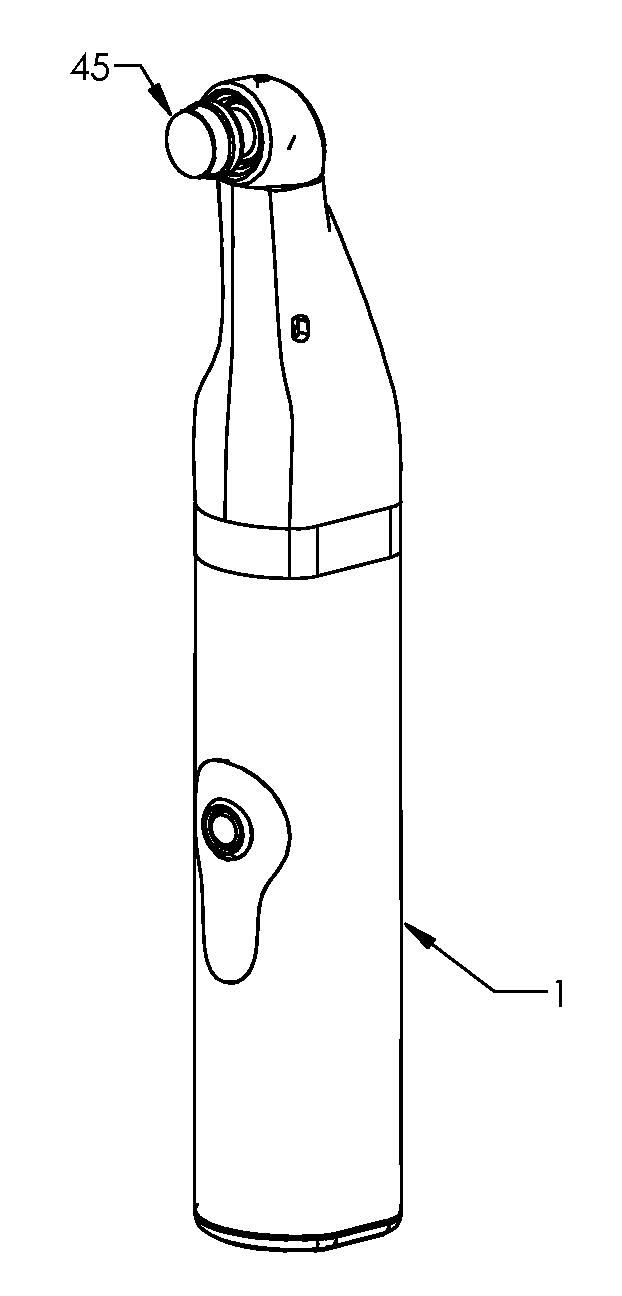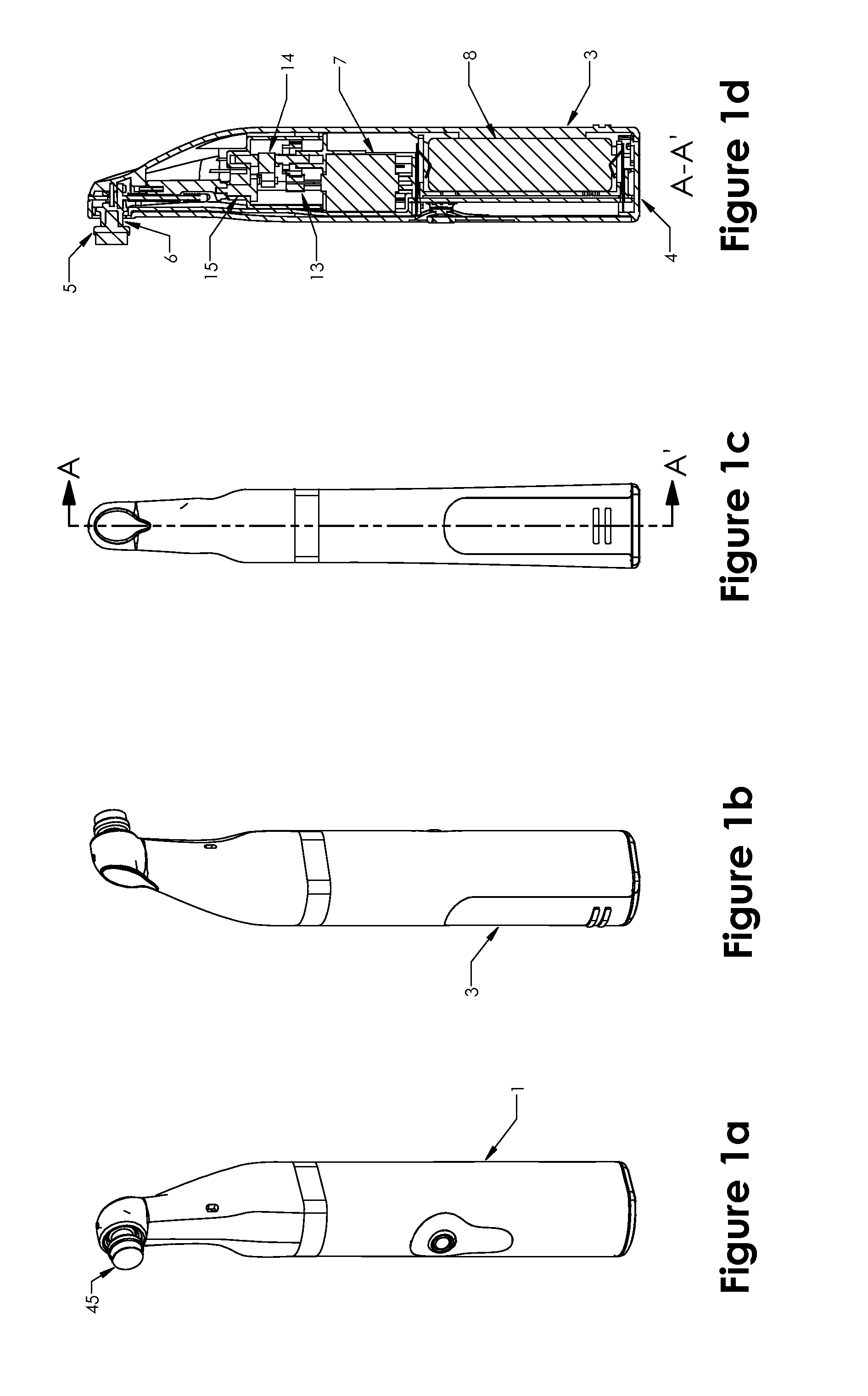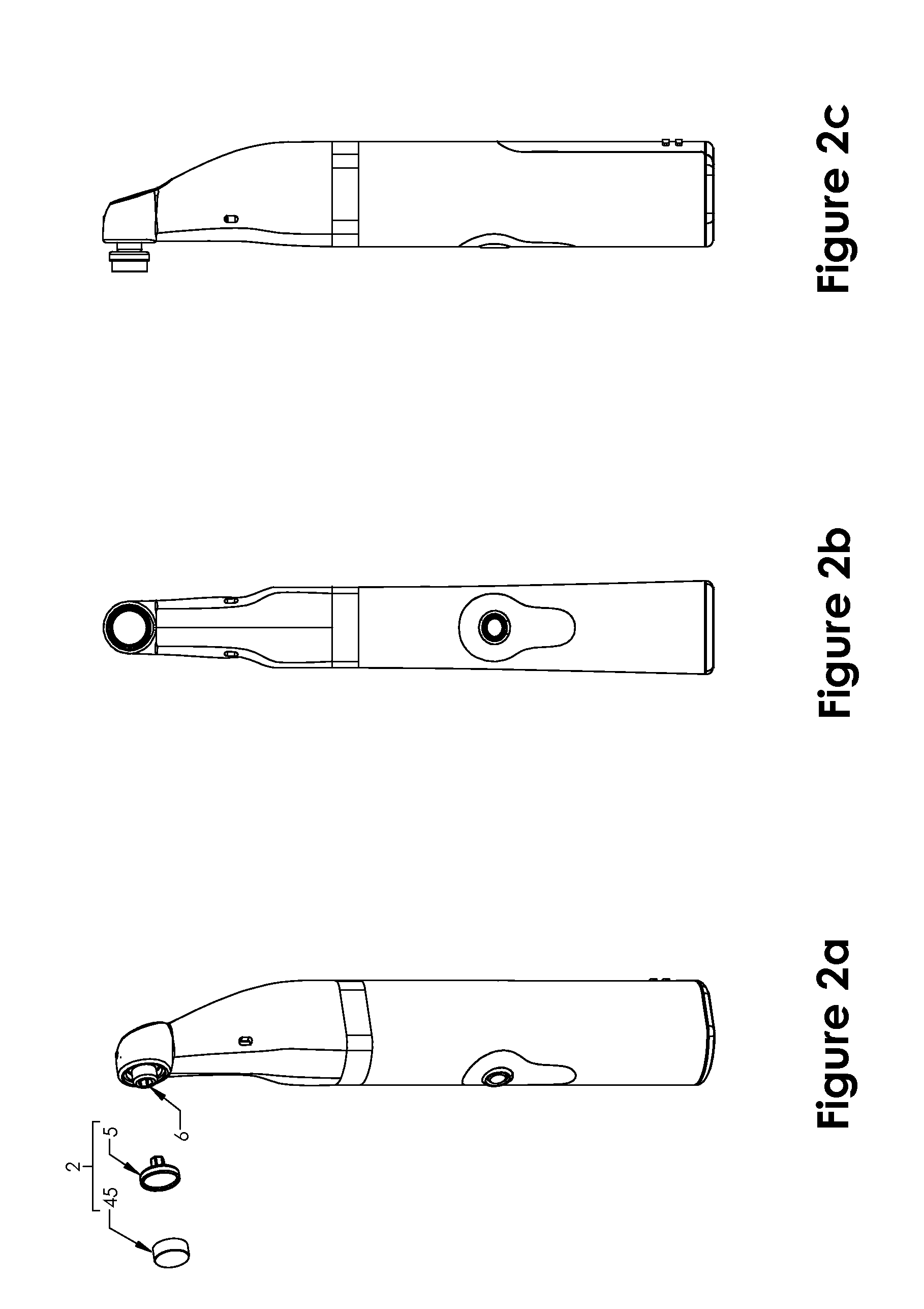Thus, a defective lipid layer or an incorrect quantity of such lipids can result in accelerated
evaporation of the aqueous layer which, in turn, causes symptoms such as itchiness, burning,
irritation, and
dryness, which are collectively referred to as “dry eye”.
When left untreated, the consequences of dry eye can be severe, and even result in loss of vision (e.g., from
desiccation of the
corneal epithelium, ulceration and perforation of the
cornea, or an increased incidence of infectious
disease).
Such obstructions compromise the secretory functions of the individual meibomian glands.
These
bacteria not only cause the lipid tear film to dysfunction, but they also destroy and block the very lipid-producing infrastructure by attacking the glands in the
eyelid skin.
Unfortunately, the particular types of
bacteria and parasites that cause the
inflammation / infections are common.
However, their use and administration is merely a treatment of symptoms and not of the underlying cause.
Further, the use of drops is generally for an indefinite length of time and consequently, extended use can become burdensome and costly.
No existing eyelid care device enables self-administered eyelid treatment using a motorized handpiece; all prior art motorized appliances are for clinical use.
A second problem is the risk of patient injury during training of eyelid care professionals, and of lay persons who use a motorized eyelid care appliance for cleaning their own eyelids (“self-administered cleaning” or “SA Cleaning”) or for cleaning others' eyelids (“second party cleaning” or “SP Cleaning”).
A third problem is that all prior art eyelid care devices with motorized handpieces use unidirectional rotary tools (aka “heads”) that become entangled with hair.
A fourth problem is that eyelid care devices with rotary tools cause many patients to flinch when the tool first contacts the eyelid margin; such flinching increases the risk of contact by the tool with the
cornea,
sclera, or other parts of the eye and resulting laceration or other injury.
A fifth problem is a lack of
instrumentation of prior art motorized eyelid care devices, which
instrumentation (e.g., proximity monitoring, cleaning
efficacy) and features (e.g., safety shutoff) would enable
safer use of an eyelid care device as well as data collection and analysis of clinical signs and
efficacy of cleaning.
Just as brushing one's teeth with a washcloth does not clean the
gingival sulcus or mesio-distal aspects of teeth, an eyelid scrub typically contacts only the anterior ciliary margin and does not clean the entire confluence of the mucosal surface of the
conjunctiva and the cutaneous
epithelium.
Even though daily eyelid
hygiene is critically important for patients with an eyelid
disease, there is typically no compliance by patients for whom SA Cleaning is ordered by their ophthalmologist.
This current “prescription” for eye
hygiene has significant non-compliance issues, i.e., patients fail to perform SA Cleaning.
For instance, in a “baby
shampoo regimen”, the baby
shampoo is mixed with warm or hot water in a prescribed ratio, and the solution is then applied with non-sterile applicators such as finger tips, cotton tips, or
washcloths (typically, unsanitary).
Although commercial “eyelid scrubs” are available in several forms, such as impregnated, pre-moistened
towelettes or pads, or as bottled cleansers applied to a non-sterile applicator pad or to fingertips, such eyelid scrubs do not improve
patient compliance or efficacy.
These rely on the individual to perform vigorous back and forth scrubbing of all four eyelid margins, which is cumbersome,
time consuming, sometimes painful, and has uneven results .
Given existing art methods and devices, it is not surprising that there is little or no compliance to eyelid hygiene by patients.
The Korb device does nothing to actually clean the eyelid margin.
The key disadvantages of the Blephex® device are its “motorized swab” design, unidirectional
spinning (rotating) head (as distinct from an oscillating
head moving in a reciprocally arcuate path), lack of
instrumentation, and lack of safety features.
The BlephEx® device can only safely be used by an eyecare professional due to the ergonomics and dynamics (e.g., “motorized swab” form, flinch induction, unidirectional rotation) of the device.
The heated, vibrating, cup-like device did not clean debris from lid margins.
Testing of the Blephex® device on dogs had to be discontinued because the Blephex® device induced a strong flinching response when applied to eyelid margins, and dog hair quickly became entangled in the head of the Blephex® device, which not only caused pain to the dogs but “reeled in” the Blephex® device, which caused erratic paths of the device while the head was still
spinning.
Dogs could not tolerate the vibration of the Clarisonic Opal® on their eyelids, and the Clarisonic Opal® with its smooth
silicone head produced no detectable cleaning action.
Due to hair entanglement and flinching response, treatment using the Blephex® device was aborted in the dog model after two treatments.
Treatment using the Clarisonic Opal® was aborted during the first attempt at treatment, given the strong adverse reaction of the dogs to the Clarisonic Opal® device.
 Login to View More
Login to View More  Login to View More
Login to View More 


